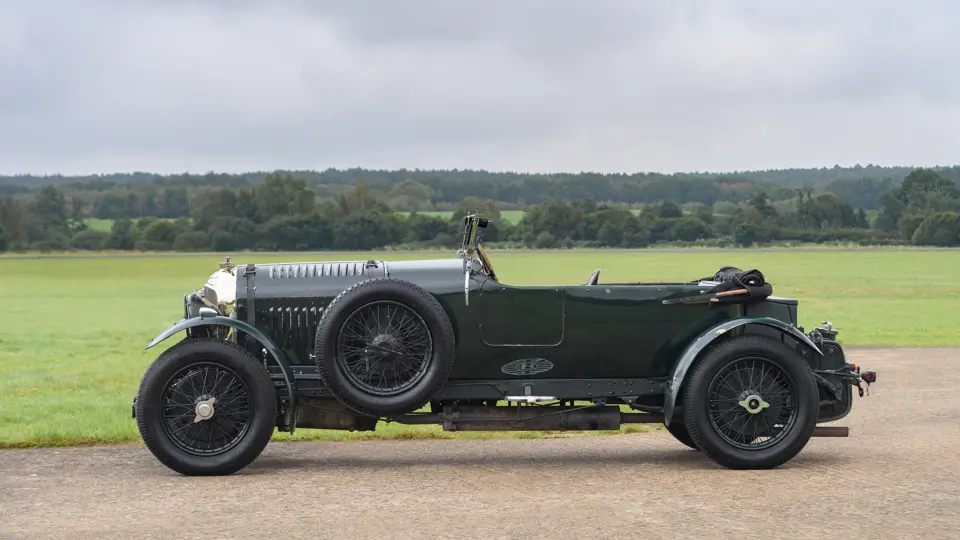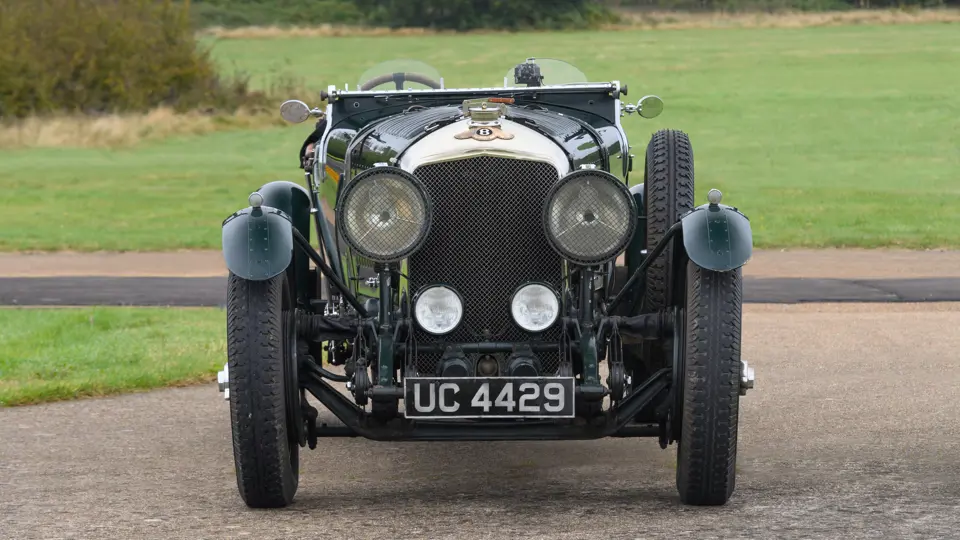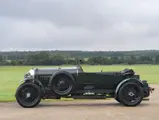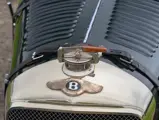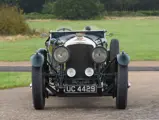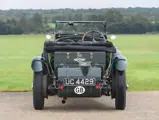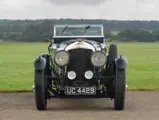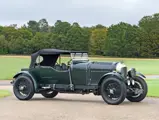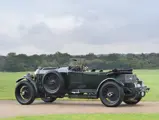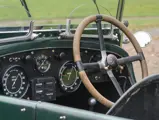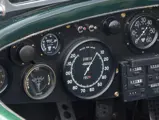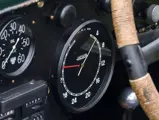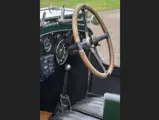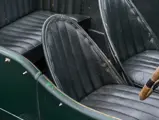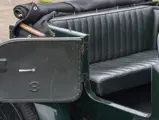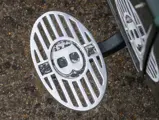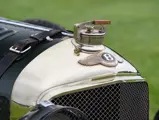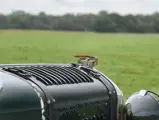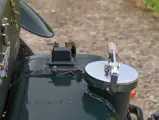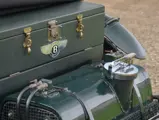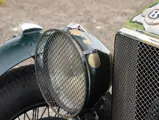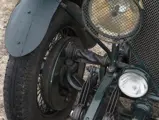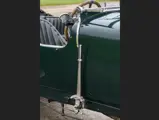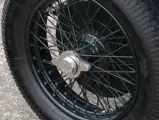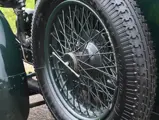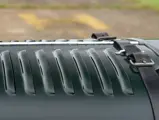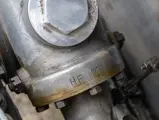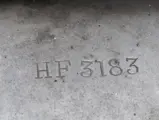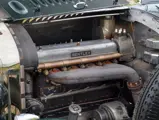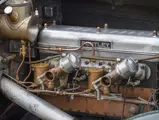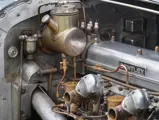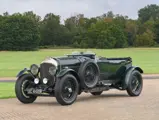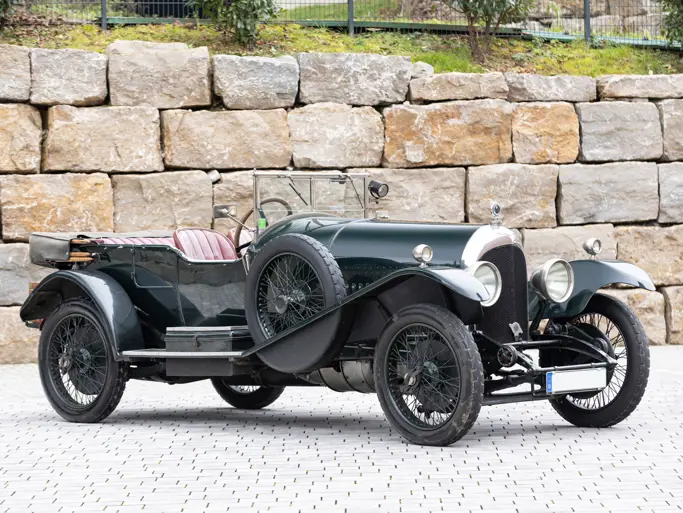
1928 Bentley 4½-Litre Tourer
{{lr.item.text}}
£415,625 GBP | Sold
{{bidding.lot.reserveStatusFormatted}}
- Well-maintained 4½-Litre Bentley
- Reportedly retains its complete original drivetrain
- Handsome tourer coachwork; rebodied in the early-1990s in the style of Vanden Plas
- Reportedly hidden during World War II, then dry-stored until the late-1980s
- Accompanied by historical documents and photos provided by the marque expert, Clare Hay
Much of Bentley Motors’ lasting cachet can be tied to its first dozen years, from its establishment in 1919 until its founder, W.O. Bentley ceded control of the company to Rolls-Royce in 1931. This was the age of the so-called “Bentley Boys,” whose high-speed antics on, and sometimes off, the racetrack earned headlines and drummed up sales. W.O.-era Bentleys also earned a reputation for stout engineering and durable construction that did not come at the cost of sportiness. These attributes are still appreciated by owners of vintage Bentleys today.
The 4½-Litre model made its debut in late 1927, following a prototype’s running at Le Mans that year. Successor to the 3-Litre, it used the same bore and stroke as the six-cylinder 6½-Litre but retained the 3-Litre’s shaft-and-helical camshaft drive. The engine quickly proved its mettle, with Bentley swiftly taking an outright win at Le Mans in 1928 and meeting much continued success afterward at Brooklands. In racing trim, a properly prepared 4½-Litre was capable of 120 mph, which was considered quite remarkable for the era.
According to information in the file, 4½-Litre chassis no. HF3179 was completed on 22 December 1927, registered UC 4429 and mounted with engine HF 3183 and a coupé body by Park Ward. Original delivery was to one H.G. Sicklemore of Chislehurst, Kent, for whom the factory maintained the car for several years before it was resold in 1933 to J.R. Combe of Curzon Street, London. The Bentley reportedly continued to remain in road service until March 1941; Dr. Clare Hay’s The Vintage Years notes sale to a J. Foster in 1946 and that a two-seater body was fitted in 1947. Reportedly the project was never completed and the car remained laid-up in a barn. At least, that is one version of the story; another arguably more interesting tale written by a former owner notes: “the story goes that she was built into a farm house chimney to stop her being acquired for the war effort.”
In 1988, Richard Sanders received a telephone call notifying him of the car’s existence. Mr Sanders visited the Bentley and, according to a history on file, was able to confirm the original engine numbers on the crankcase and cross shaft turret, as well as the number of the original gearbox, the chassis number still stamped on the bonnet, and the numbers on the "sloper" carburetors, among other features. After recommissioning and showing the car briefly, it was determined to rebuild the car with a four-seater body. Subsequently, according to Dr. Hay’s book, the car was rebuilt as a Le Mans replica Vanden Plas four-seater in 1990 to 1991. Afterward the car continued to be well-maintained, as indeed it has in the current ownership.
This is a most handsome competition-oriented 4½-Litre Bentley, with a most fascinating, intriguing history sure to draw the attention of “Bentley Boys” worldwide.

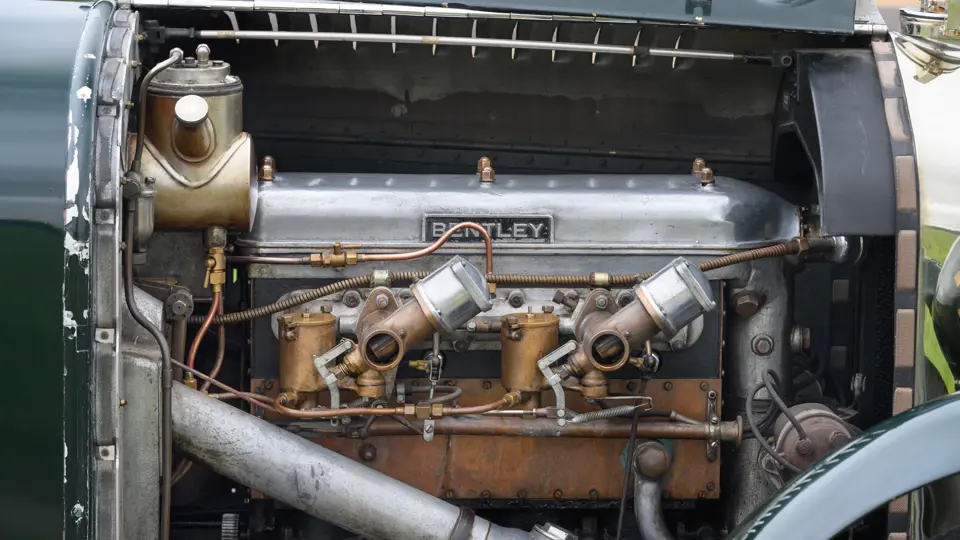


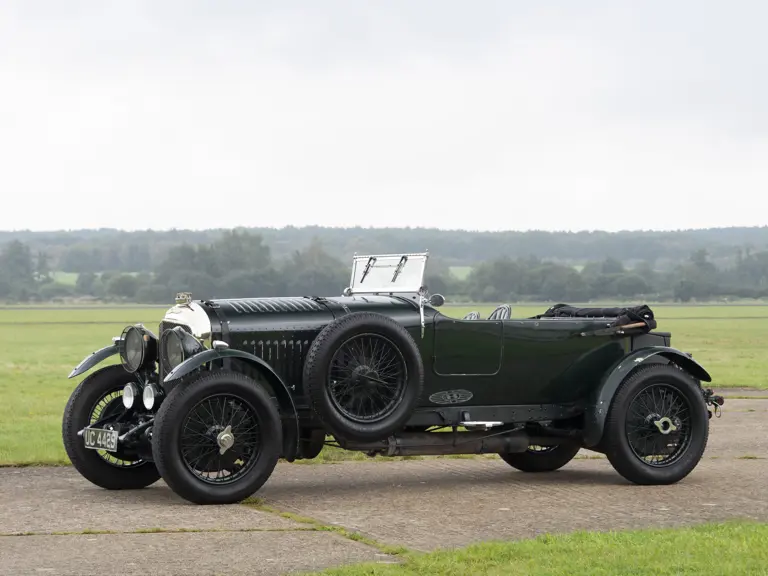
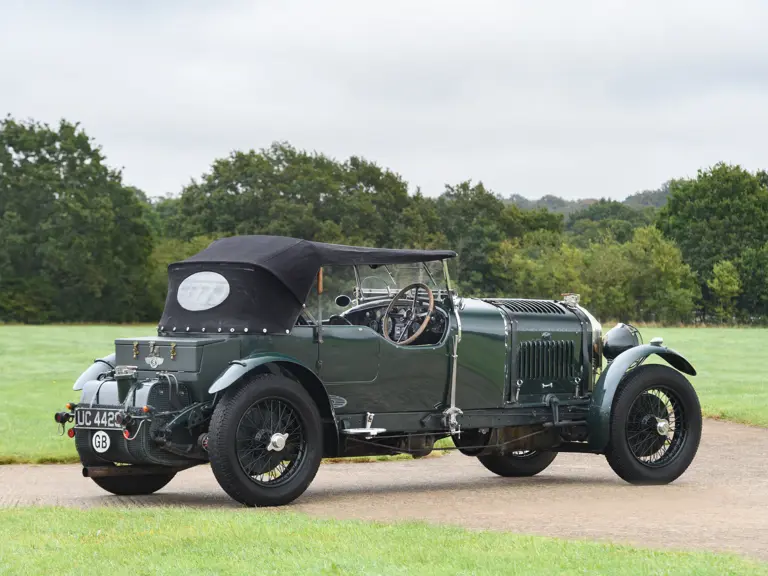

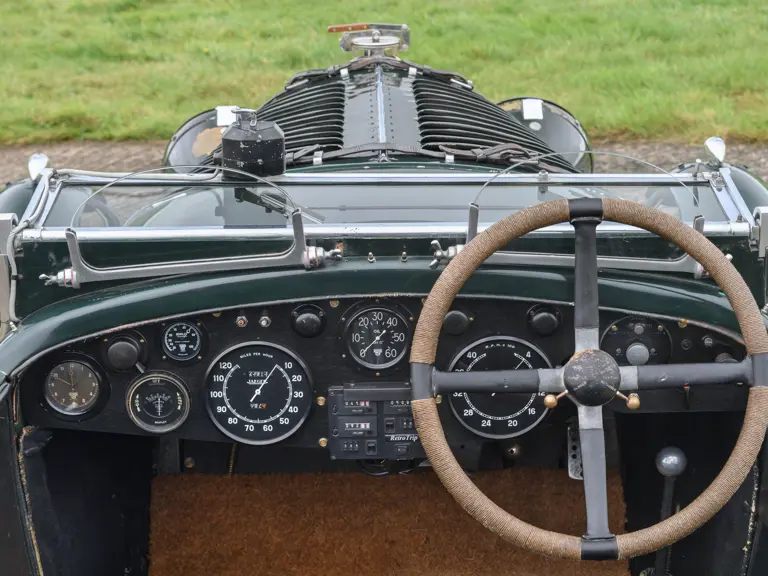
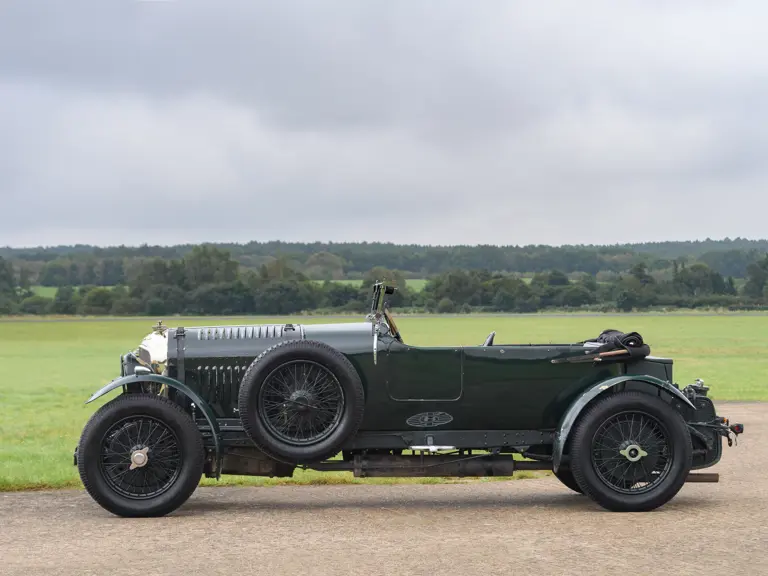
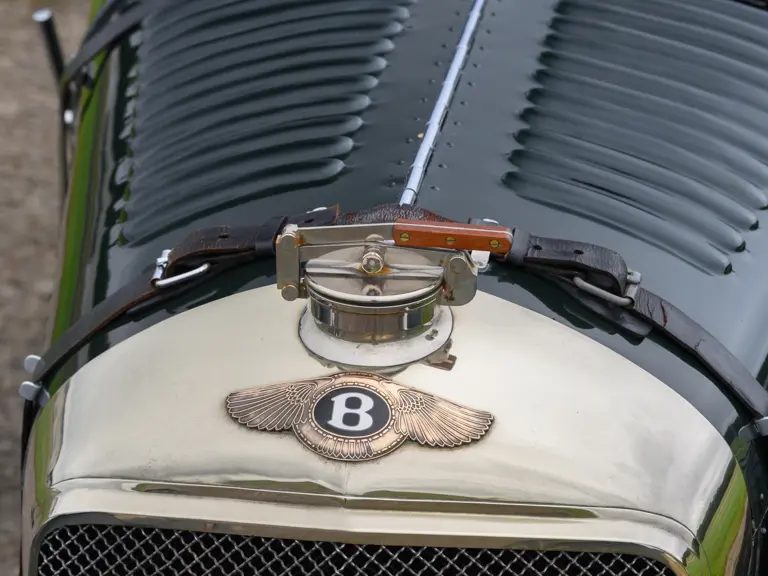


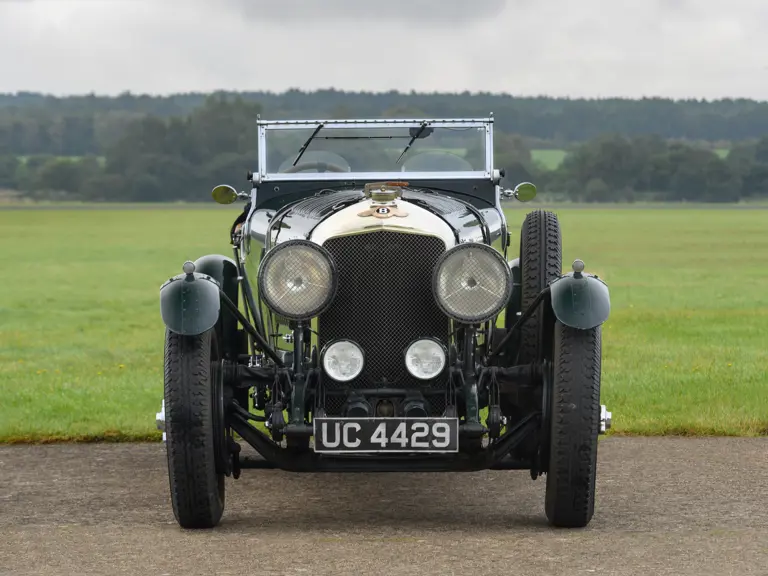
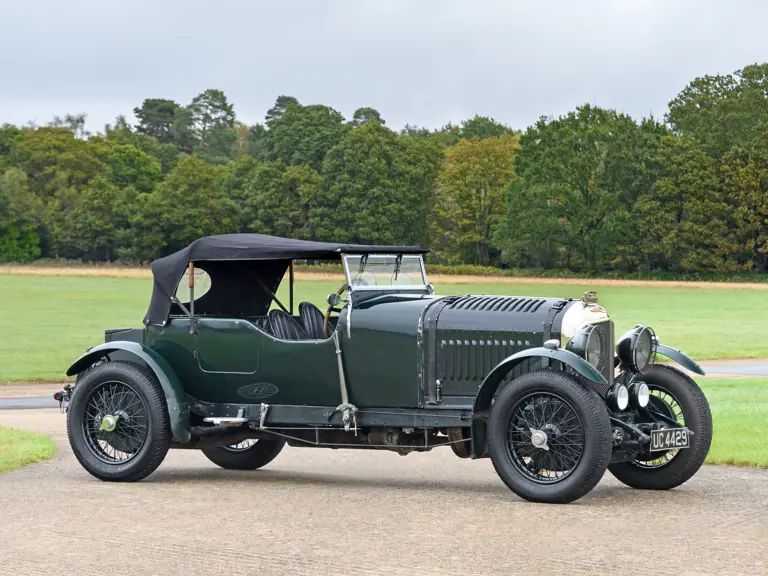
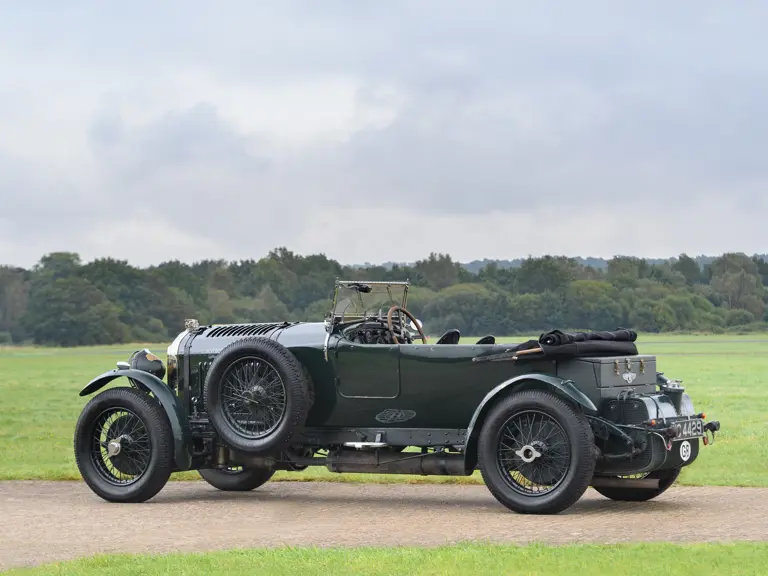
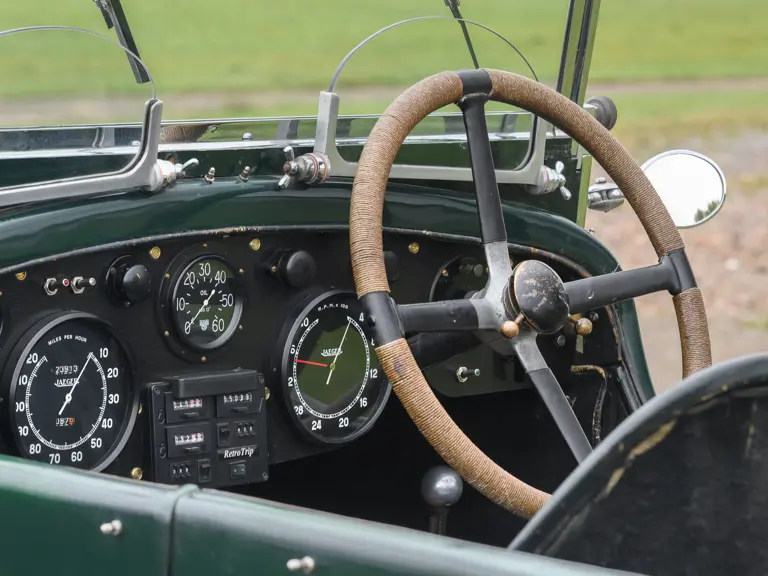
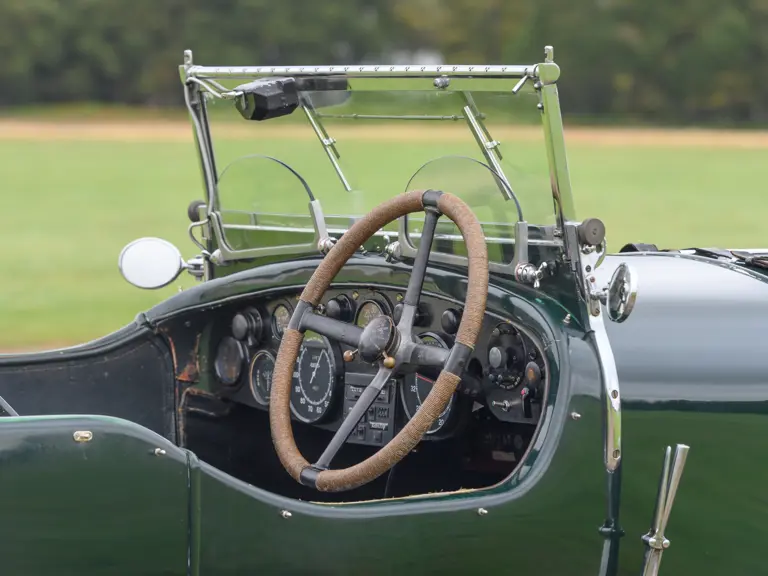
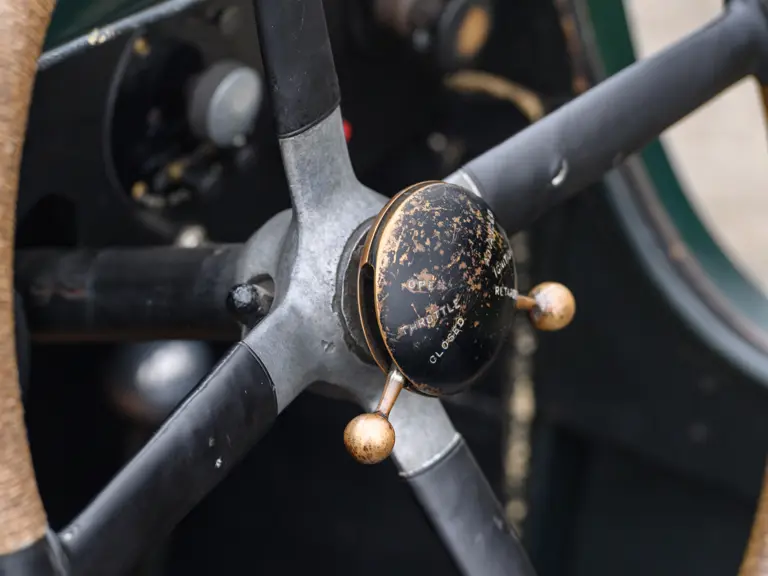
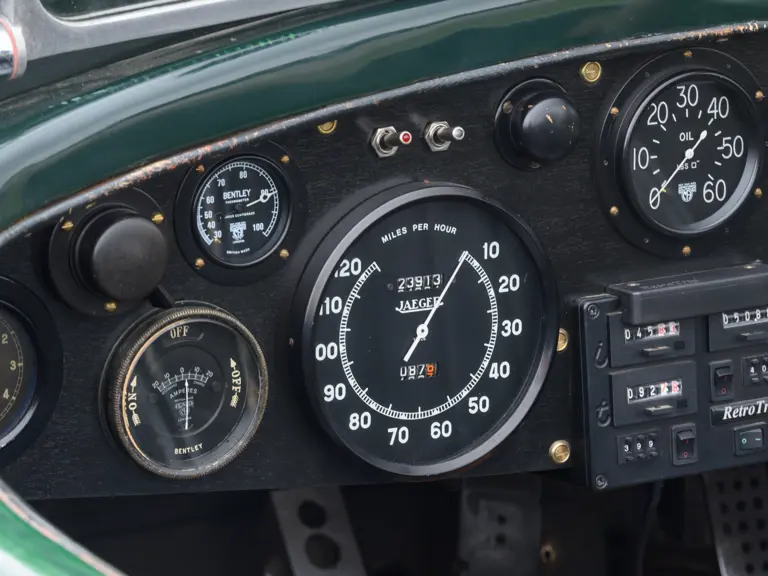
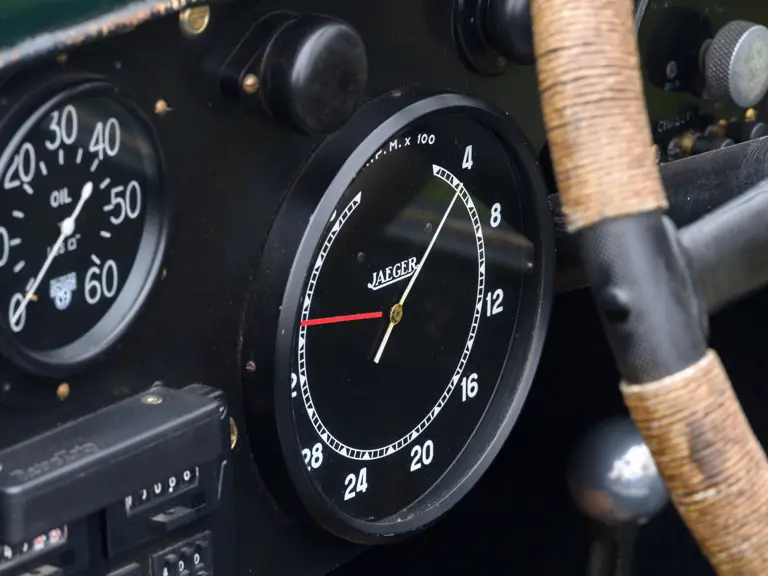
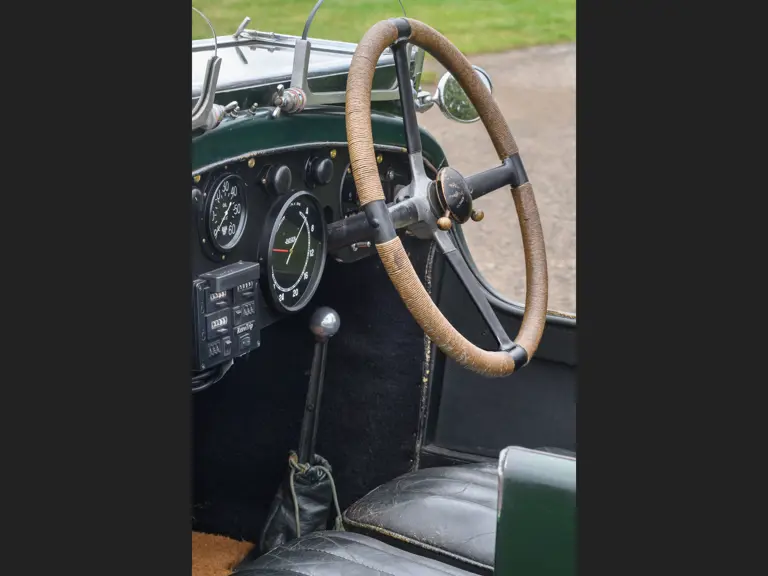
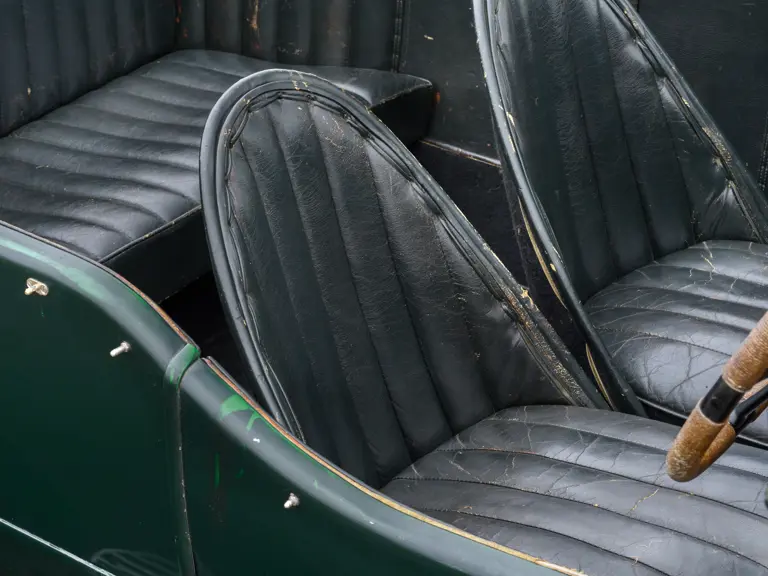
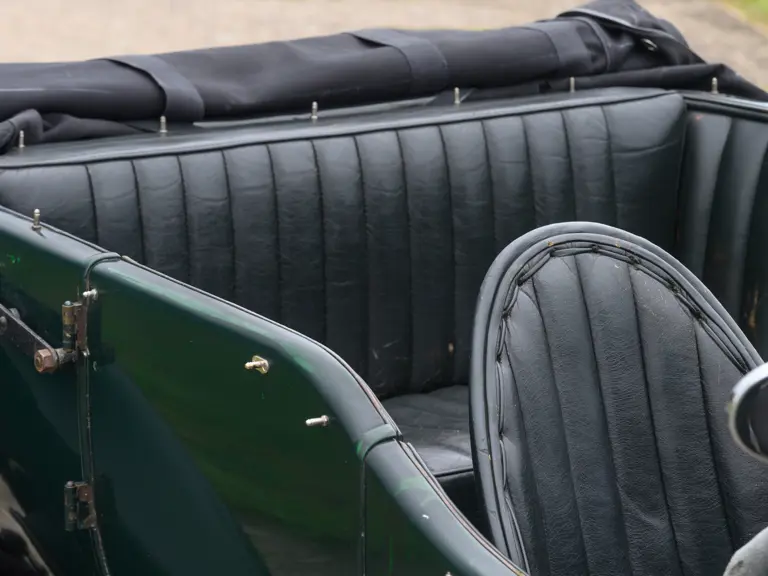


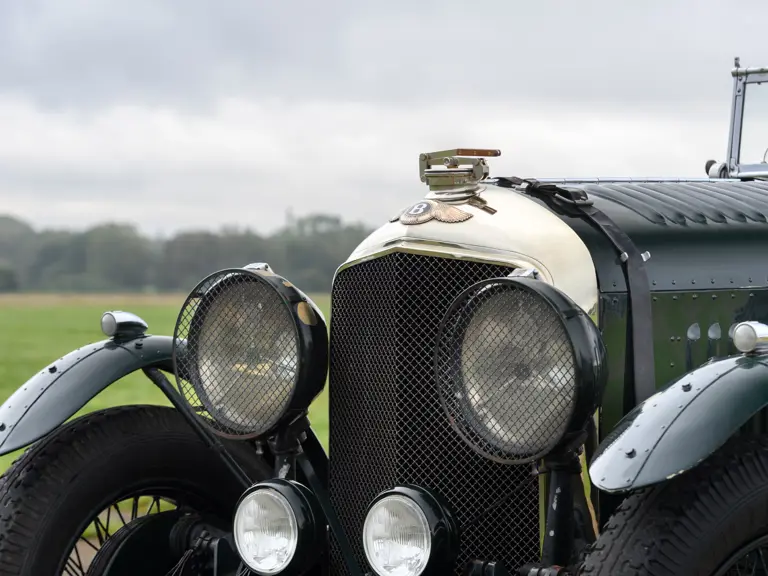

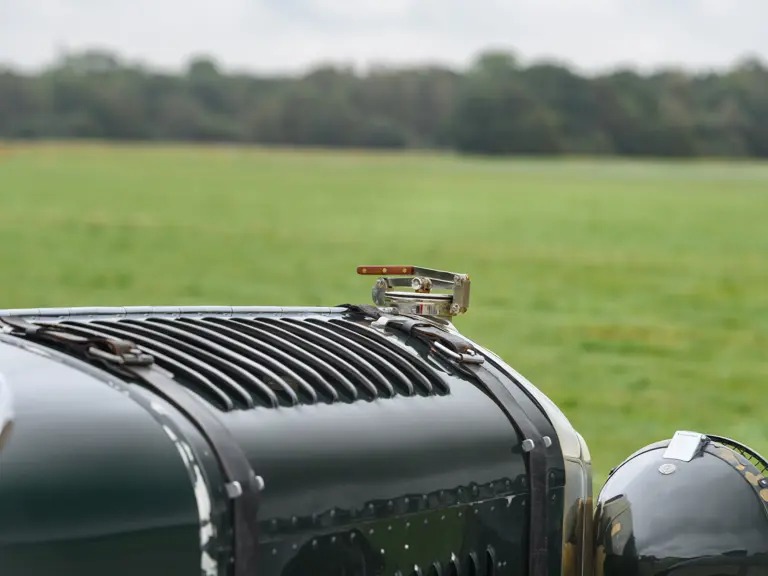
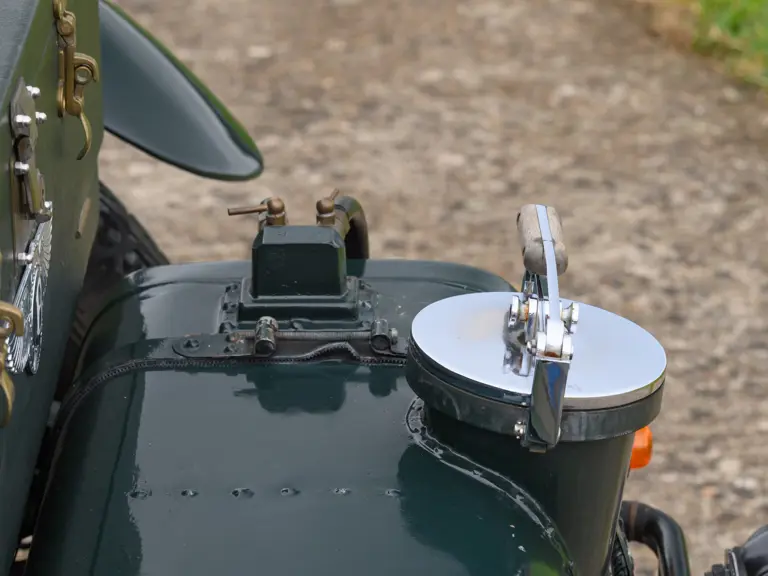

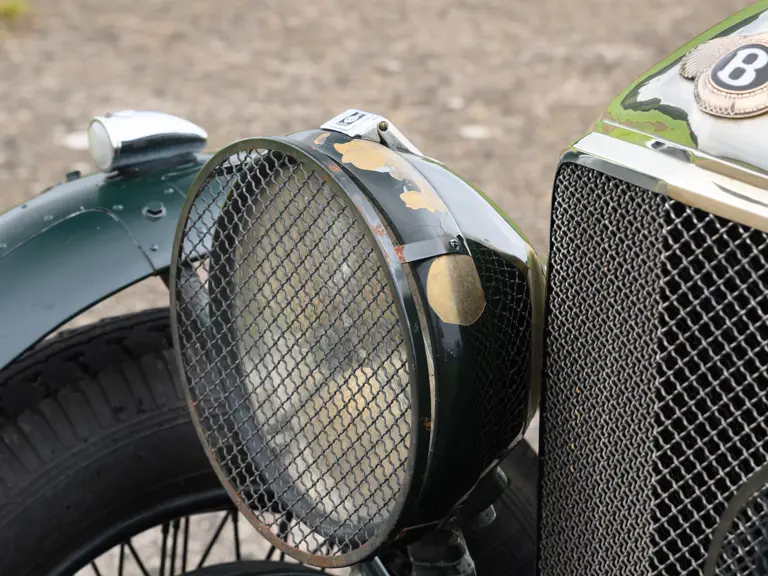
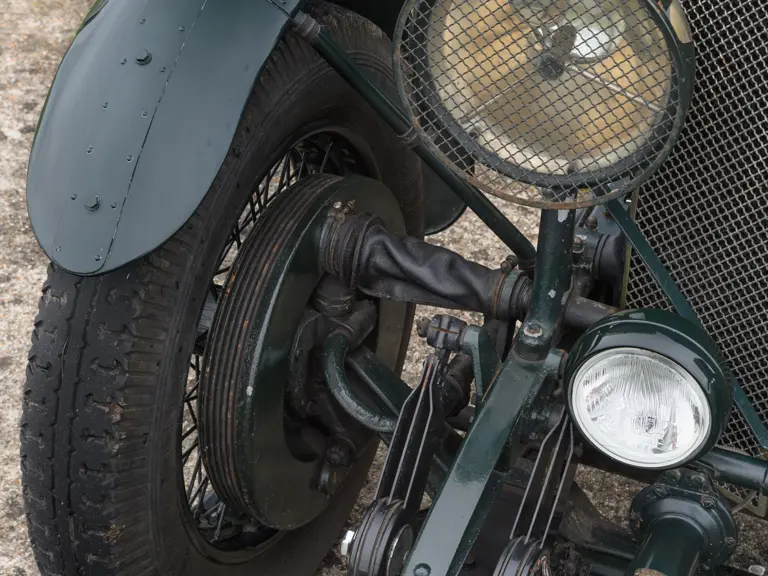
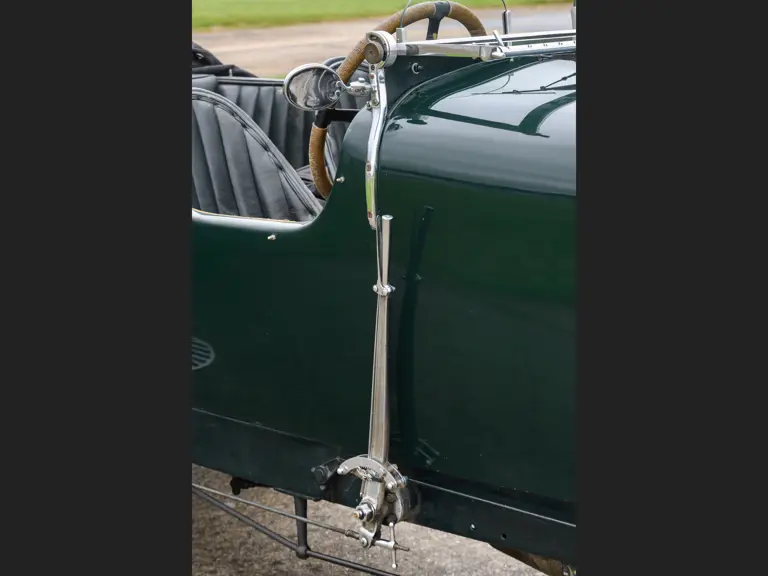
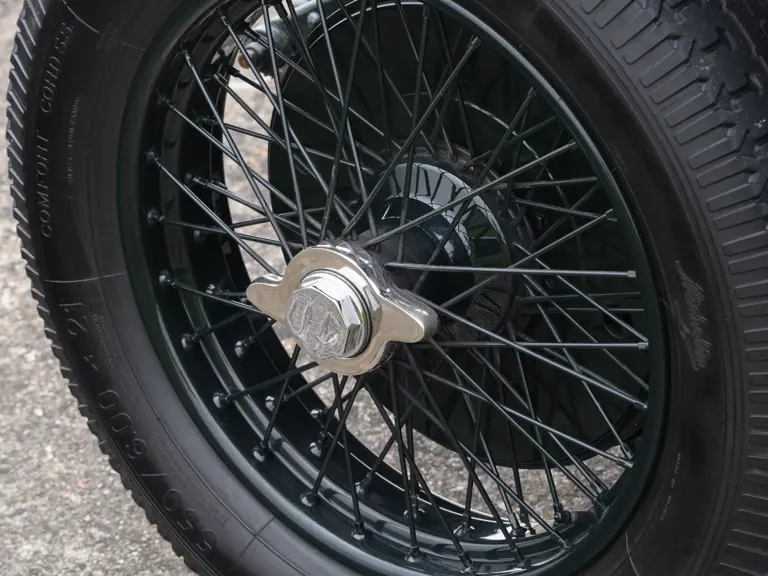
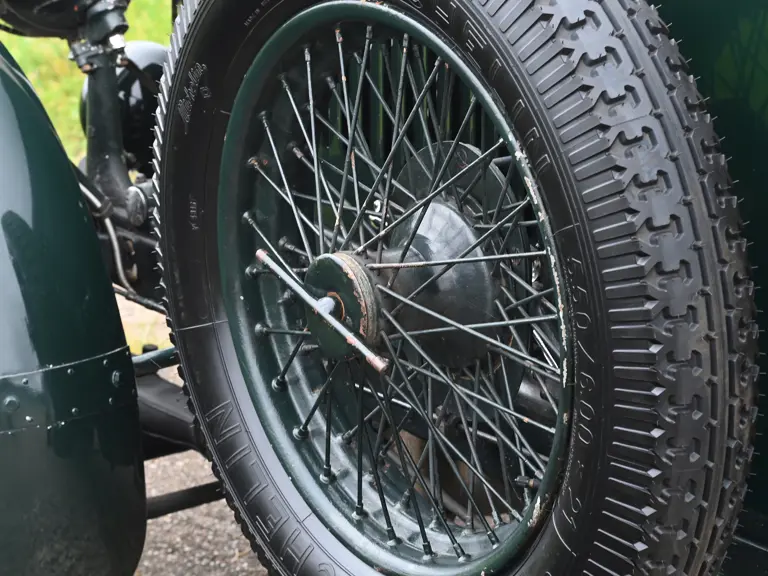
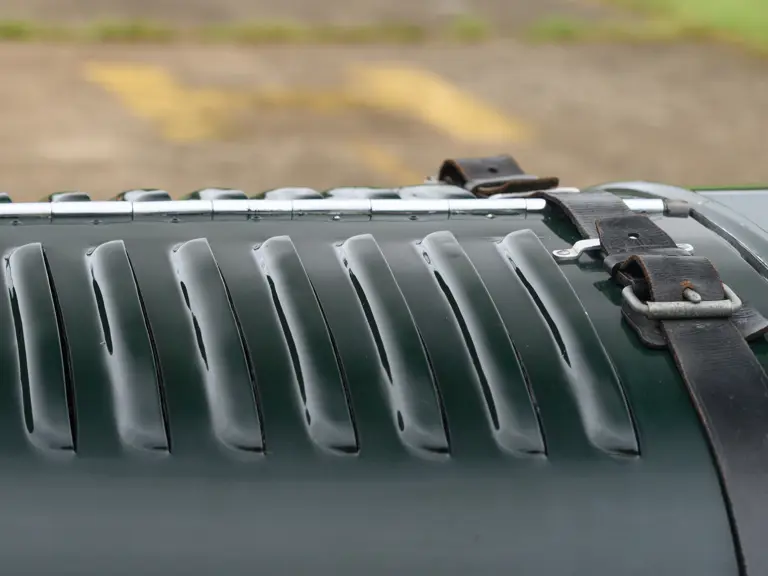
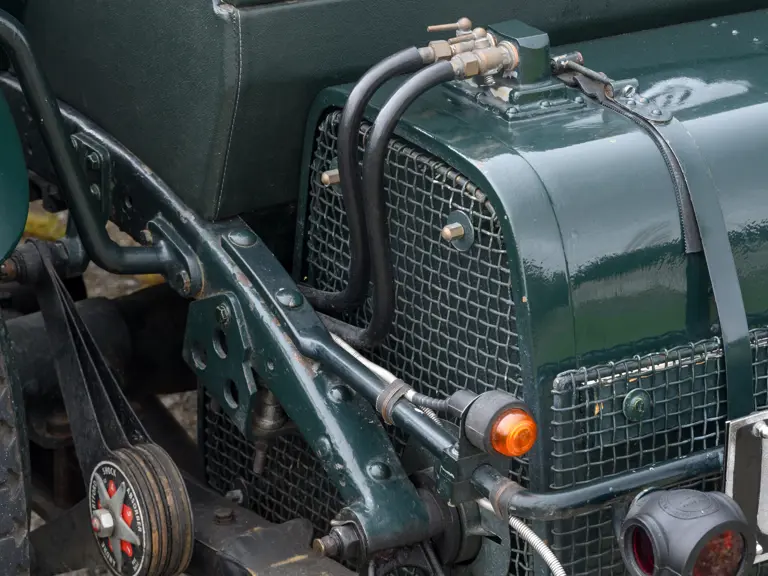

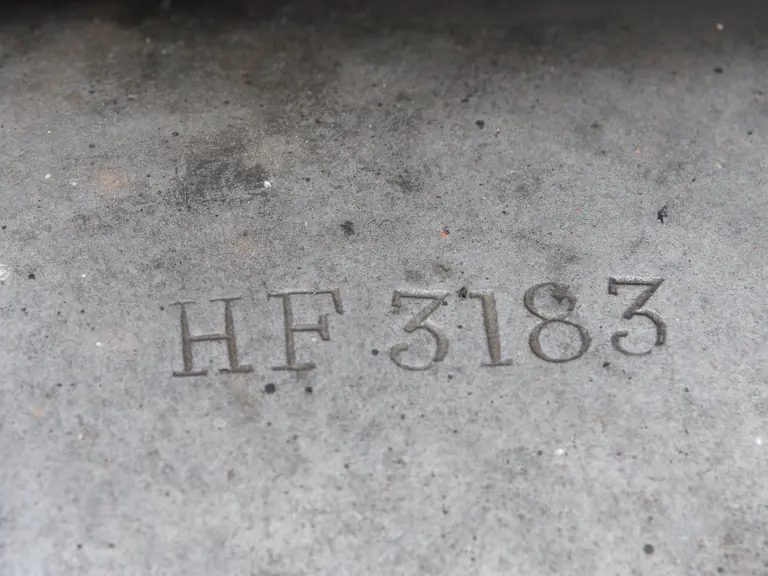
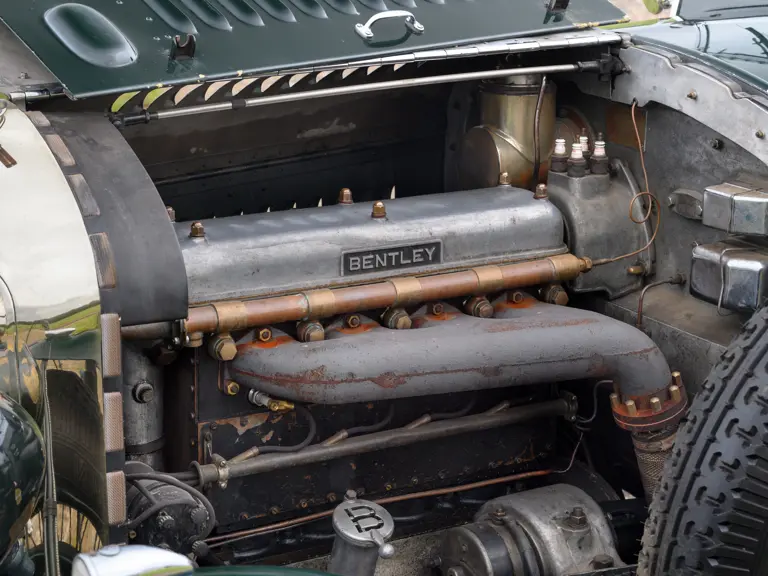
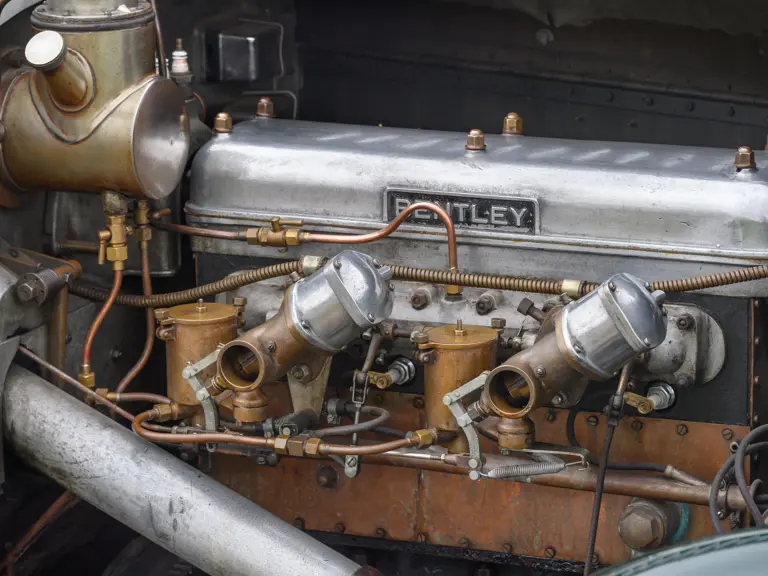
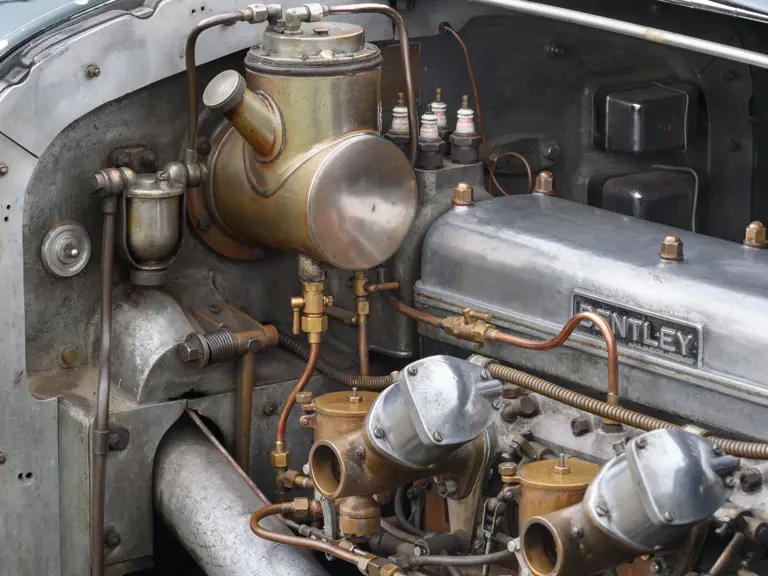

 | London, United Kingdom
| London, United Kingdom
